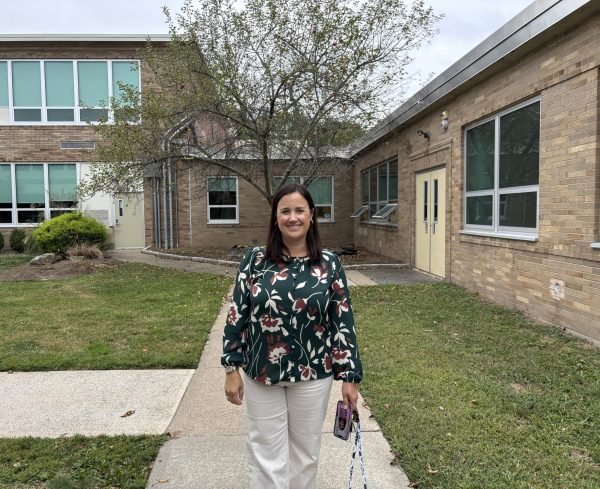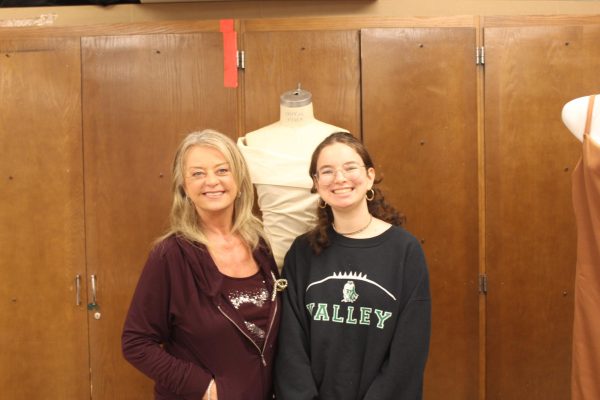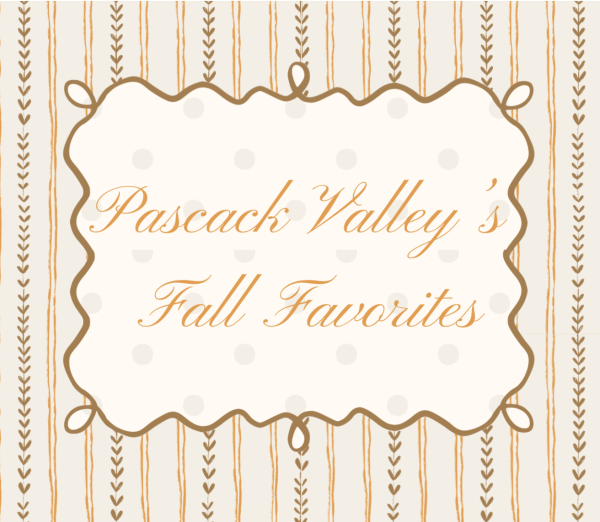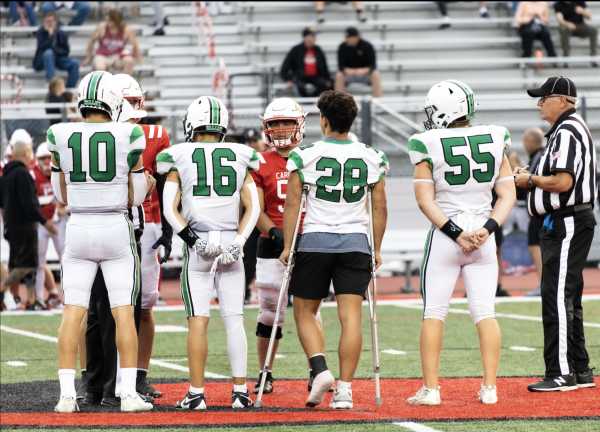Prepared statement by the PVHS Human Rights League to the Board of Education
(Editor’s Note: This is the exact statement that was read at the PVHS Board of Education meeting on Monday. The prepared statement was read by two PV seniors and members of the PVHS Human Rights League, Zoe Ziegler and Grace Cho.)
2/8/16
Dear Board of Education Members:
Good evening board members and community members.
We are members of the Human Rights League of Pascack Valley High School, an organization whose purpose is to raise awareness about human rights issues, and to promote the respect, dignity, and freedom of all people. You may remember our open letter to the community in the Smoke Signal last year in which we addressed PV’s white supremacy issue and sparked the school-wide #PeaceinPV movement. Tonight, though, we are here to address and discuss our mascot, the Pascack Valley “Indian.” In an article in the PV Smoke Signal, Mr. Gunderson noted that there have been no official phone calls or statements from students regarding the mascot. After much discussion as an organization, we would like to now make a public statement regarding this issue.
In the Fall 2015 ‘President’s Message’, it is stated that, “Despite some misinformation, I want to make it clear that Pascack Valley students remain the Indians, and will always be the Indians! We are proud of our Lenape roots and committed to making sure our students proudly and respectfully embrace our Native American heritage.” We would first like to inquire as to what the board means by “our” Lenape roots. According to the National Center for Education statistics, out of a total 2,061 students enrolled at both Pascack Valley and Pascack Hills High Schools for the 2013-2014 school year, 1 was identified as Native American or Alaskan Native. Cultural appropriation is the act of taking on an aspect of a culture one does not belong to and using aspects of this culture without the permission of or respect for the cultural group. “WE” are not the “Pascack Valley Indians;” most of them were driven out by European colonization long ago, and to truly honor their struggle and history, we have to do better than an unbacked statement of “pride” in a heritage that does not belong to us.
With this said, we would like to inquire what specific steps are being taken to achieve this, and urge the board of education and administration to maintain this subject as a priority. We understand and appreciate the step taken in the removal of the offensive and stereotypical Indian symbol, but we cannot forget that this is only the first step of many. We are curious if any other steps have been taken or will be taken. We believe we must be educated about and respectful of the Native Americans indigenous to the Pascack Valley region. Education is a cure for ignorance and intolerance, and it is with education that we must begin this process. It is fair to say that many, if not most, students at PV don’t know of the Native American history in our area.
In 2001, the U.S. Commission on Civil Rights advised an end to the use of Native American images and team names by non-native schools and in 2012, an United Nations expert on Human Rights of Indigenous Peoples stated that the continued use of Native American references by sports teams helps “keep alive racially discriminatory attitudes.” Despite this advice, our district remains stagnant and stubborn in its use of the “Indian” team name, without properly understanding the violent history of such objectification.
We are curious if the board has been in contact with any Lenape tribe representatives, or other representatives of local tribes. Florida State University, whose mascot is the “Seminole Warrior,” works closely with local Seminole Tribes to ensure accuracy and respect in their representation of Seminole culture. While this approach has been criticized by some Native activists who claim that any use of Native American imagery as mascot is a dangerous objectification, this is certainly a step in the right direction, and at the very least gives agency and autonomy to local tribes over the manner in which they are represented.
“Florida State embraces its relationship with the Seminole Tribe of Florida and considers members of the tribe community partners” (Arnett). Tribal liaisons are heavily involved in shaping traditions and are invited to attend ceremonies held on campus. Such opportunities at the university expose its students to the Seminoles’ culture and history. This relationship the university has with the Seminole Tribe is one we should strive to obtain with the Lenape tribes indigenous to this region if we are to continue identifying ourselves as the “Indians.”
We believe that our school will stand on the wrong side of history if we continue our cultural appropriation of Native American heritage, and hopefully we have convinced you the same. Now, though, we have the opportunity to right our wrongs and make sure our students proudly, respectfully, and intelligently embrace our region’s Lenape roots. With your help, we propose the following steps to be taken:
- Begin and maintain a long-lasting relationship and correspondence between the Pascack Valley School District and local or non-local Native American tribes.
- Make education about Native Americans indigenous to this region a vital and mandatory part of our curriculum.
This is an important issue that has been the subject of much debate and discussion on a local and national level and will surely continue to be for some time. If fact, during the Superbowl last night, there was a commercial on this very issue sponsored by “changethemascot.org.”
If the Pascack Valley community wishes to keep its mascot, we need to represent the culture intelligently, respectfully, and honorably. Educating the students should be of paramount importance in reducing our current cultural appropriation. Also, as demonstrated by the Florida State University and the Seminole tribe, it is possible and beneficial to keep at least some type of relationship with the Indians of the area. It is important to have the approval of the group we want to represent; only then can we accurately be known as the Pascack Valley Indians.
Thank you for your time and attention, and we look forward to seeing future actions take place.
Respectfully,
The PVHS Human Rights League






